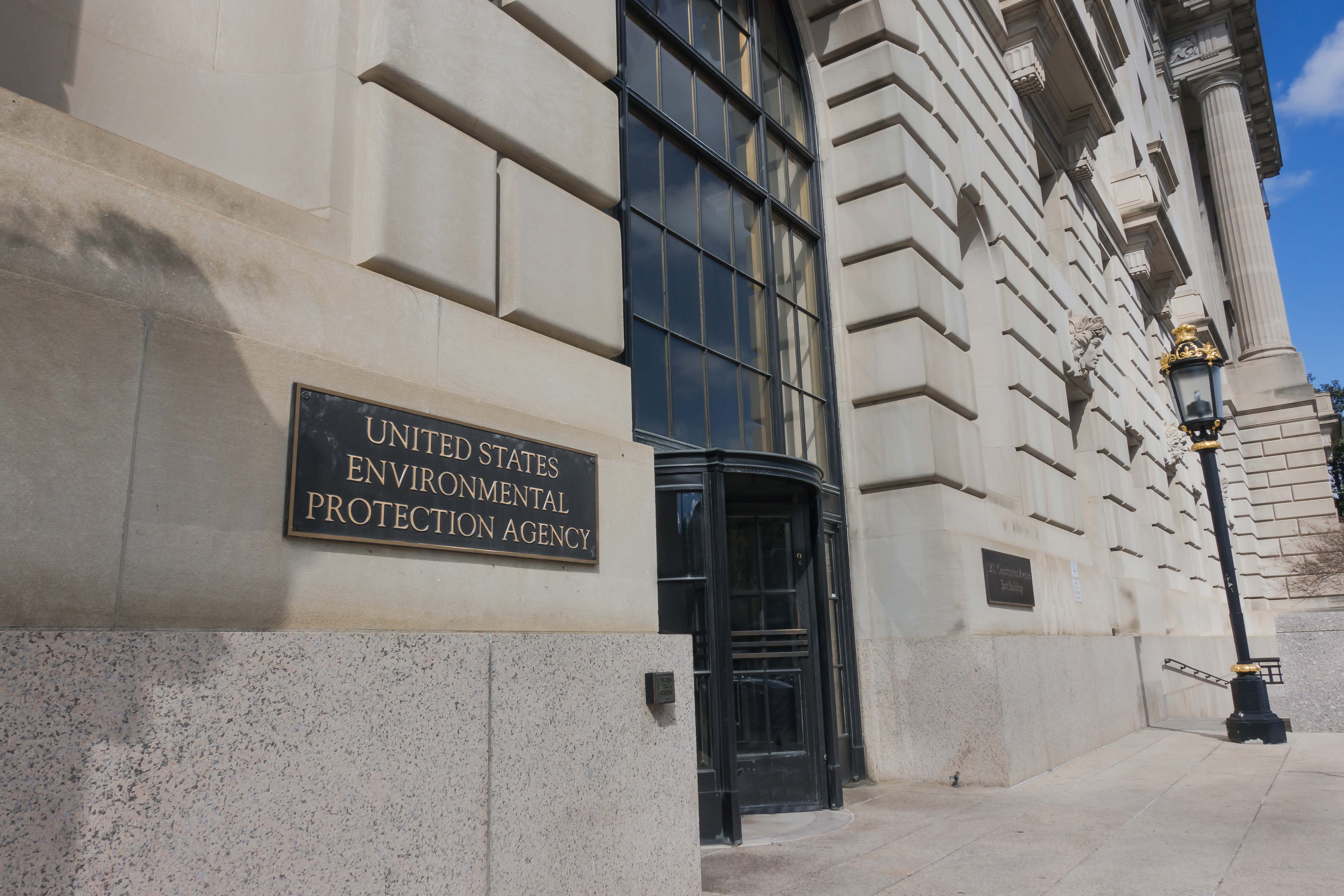FPA Monitors EPA Regulations of Chemicals

Per- and polyfluoroalkyl substances (PFAS) are a group of manufactured chemicals that have been used in industry and consumer products since the 1940s due to their useful properties. There are thousands of different PFAS, some of which have been more widely used and studied than others.
Perfluorooctanoic acid (PFOA) and perfluorooctane sulfonate (PFOS) are two of the most widely used and studied chemicals in the PFAS group. In recent years, PFOA and PFOS have been replaced in the United States with available alternatives. A major concern of PFAS is that many of the chemicals break down very slowly and can build up in the environment over time.
The U.S. Environmental Protection Agency (EPA) is under pressure to designate these chemicals as hazardous substances under the Comprehensive Environmental Response, Compensation, and Liability Act (CERCLA). If that were to happen, water and wastewater utilities would be required to dispose of PFAS-laden filters at a hazardous waste facility. Many of the current landfills may become Superfund sites, resulting in staggering financial liability and cleanup costs. These costs are likely to be passed on to communities, industry, and ratepayers. The EPA agreed to form the EPA Council on PFAS to develop a comprehensive agency approach to addressing PFAS substances. It will allow the industry to push for a transparent, science-based solution.
According to the EPA’s “PFAS Strategic Roadmap: EPA’s Commitments to Action 2021–2024” report published in October 2021, its approach to PFAS is focused on three central directives:
- Invest in research, development, and innovation to increase understanding of PFAS exposures and toxicities, human health and ecological effects, and effective interventions that incorporate the best available science.
- Pursue a comprehensive approach to proactively prevent PFAS from entering air, land, and water at levels that can adversely impact human health and the environment.
- Broaden and accelerate the cleanup of PFAS contamination to protect human health and ecological systems.
The group of PFAS that has been the main focus of public and regulatory concerns includes PFOA, PFOS, perfluoro-alkyl phosphate esters (PAPs), perfluoroalkyl carboxylic acids (PFCAs), or perfluoroalkyl sulfonates (PFSAs). These environmentally more prevalent and persistent perfluoroalkyl substances are typically not intentionally added to flexible packaging products, nor are they associated with manufacturing any of the industry’s raw materials.
The PFAS used in flexible packaging are typically referred to as fluoroelastomers. These compounds have been used for years as polymer processing aids for the production of recyclable PE films and to improve the runnability of post-consumer recycled (PCR) PE resins. These compounds have not been the main focus of the environmental and human health concerns—nevertheless, they are increasingly grouped into the PFAS definition.
The fluoroelastomer polymers used as processing aids are made from the monomers vinylidene fluoride, hexafluoropropylene, and/or tetrafluoroethylene. These substances are authorized for food contact use in various jurisdictions as follows:
The Association of Plastic Recyclers (APR) has not raised any concerns about processing aids negatively impacting the quality of the recycled resin. In their “APR® Design Guide for PE Film Packaging,” polymer processing aids have a ‘preferred’ status.
The Flexible Packaging Association is aware of the increasing concerns related to PFAS as environmental contaminants, some of which also have human health implications.
The Flexible Packaging Association (FPA) is aware of the increasing concerns related to PFAS as environmental contaminants, some of which also have human health implications. There are intentions at both the federal and state levels to regulate certain PFAS to reduce adverse effects on human health and the environment. This is a complex subject, largely because there is no globally consistent convention listing all substances of concern that are part of the PFAS group, and those that are listed do not share all the same concerns. This situation has created confusion among many stakeholders along the supply chain, which in turn has driven unfounded generalization of these concerns.
Several states have enacted or proposed limitations regarding using PFAS substances in food packaging containers and materials. The regulations are intended to address public and agency concerns that the storage of food in packaging which includes PFAS compounds may result in ingestion of those PFAS compounds.
One such example is the New York State Executive Budget—TED Part SS “Toxics in Packaging Act,” which FPA submitted testimony in opposition of. The Act would place restrictions on packaging with heavy metals, PFAS, and Phthalates at levels above 100 parts per million (ppm).
FPA is concerned that in applying a restriction of 100 parts per million (ppm) to the entire PFAS family, the proposal will be banning an entire class of chemicals that provide many benefits in packaging. Furthermore, treating all uses of PFAS the same will create significant disruptions to the recycling supply chain and result in less use of PCR materials in packaging.
Although the budget provision in New York did not survive, FPA believes that it would be better to adopt an “intentionally added” standard, as a few other states have done. This allows for separate, sensible regulatory standards for PFAS as a processing aid and PFAS used in food contact. The ability of the flexible packaging industry to use fluoroelastomer-polymer processing aids is a critical component to driving a more circular economy for the packaging format.
FPA will continue to monitor upcoming legislation and respond accordingly. FPA also joined a coalition led by the U.S. Chamber of Commerce to advocate for an industry position. FPA’s Product Stewardship and Circularity Committee has also been active in the legislative arena on this subject as well.
Dani Diehlmann is FPA vice president, communications.


